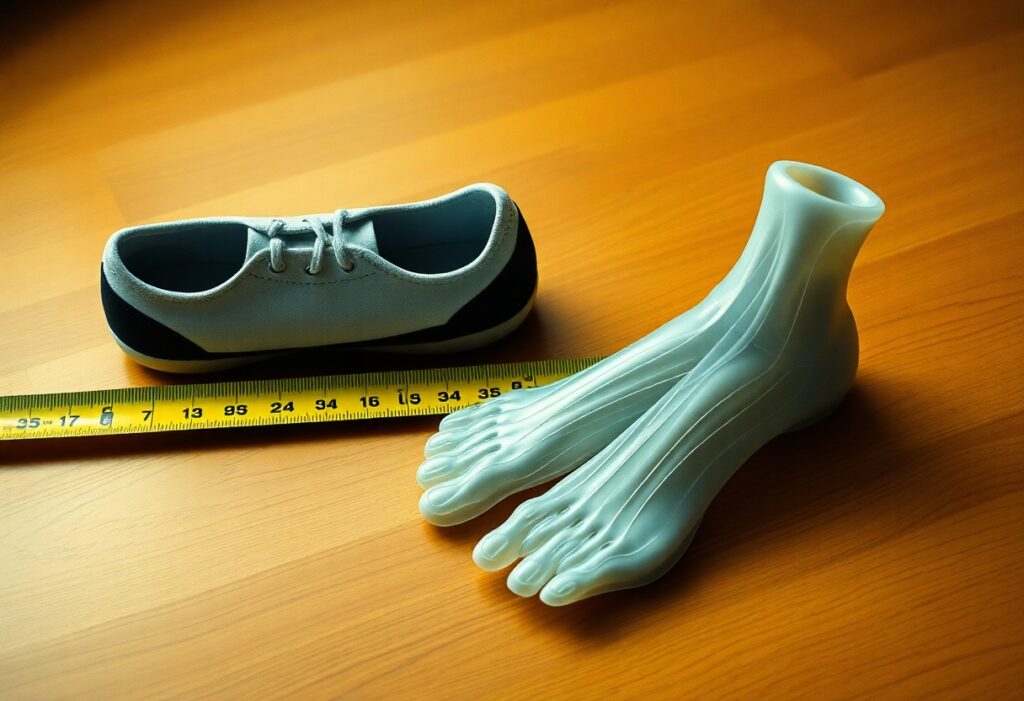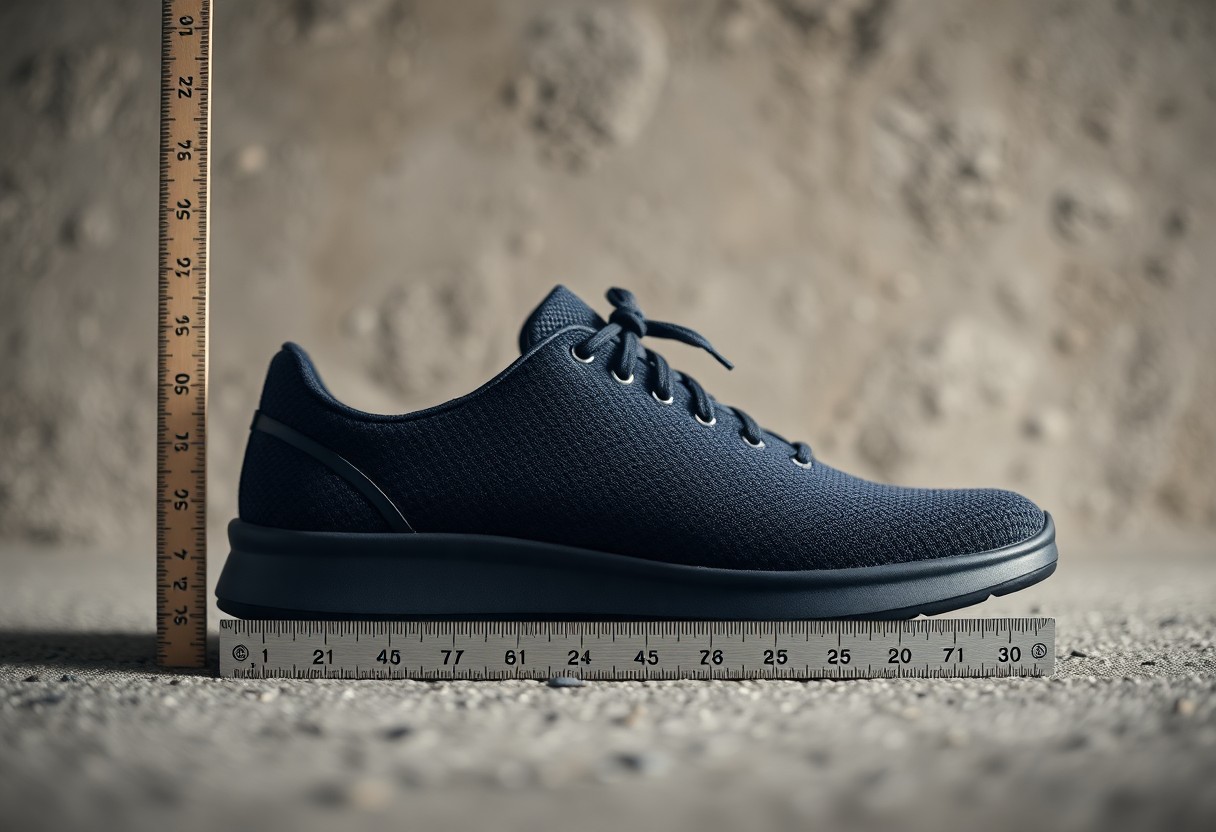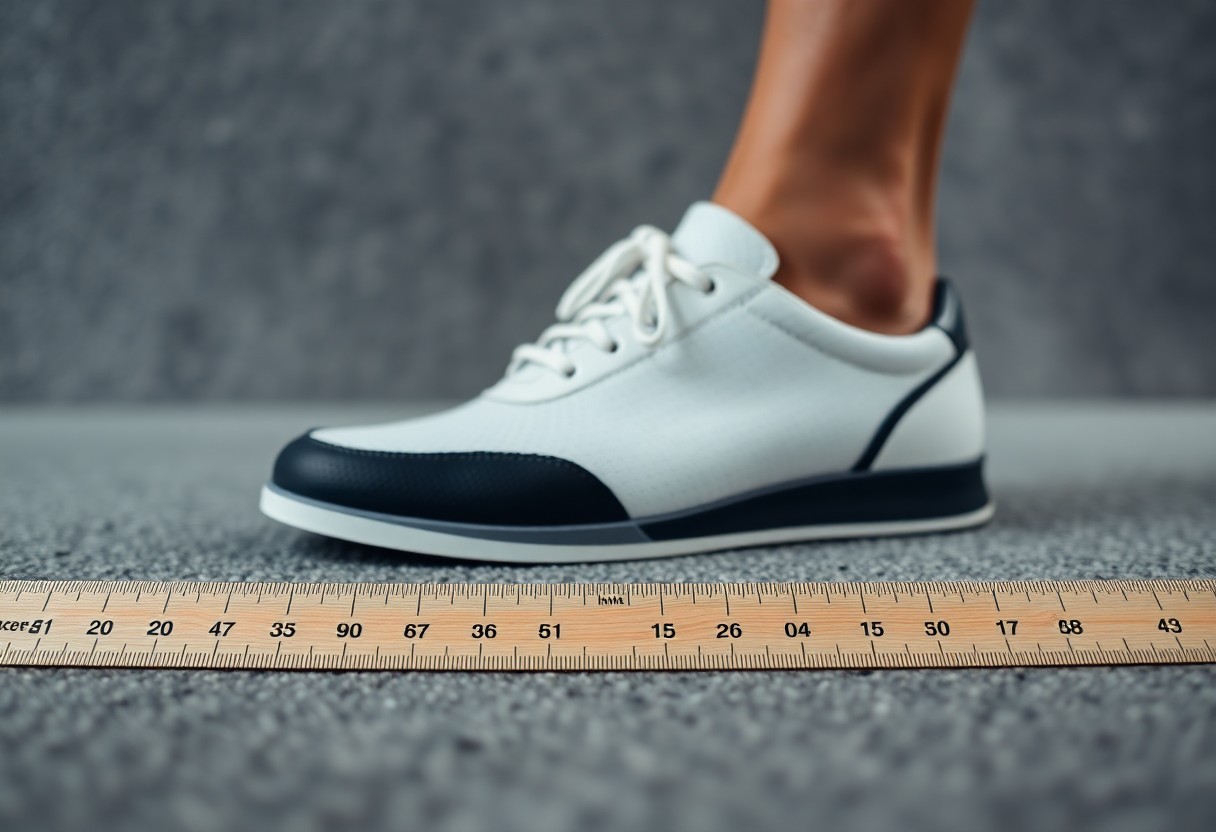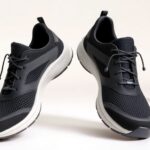
When selecting the perfect pair of footwear, the size is of utmost importance, particularly with Xero Shoes. It is essential to gain a thorough understanding of how Xero Shoes fit, including the specifications of their toe box dimensions. Recognising the implications of fitting discrepancies is crucial for ensuring your comfort and maintaining optimal foot health. Research indicates that many individuals, particularly those with specific foot conditions, may benefit from wider footwear options. Therefore, assessing how Xero Shoes adapt to your unique foot shape is of paramount importance. This comprehensive analysis aims to illuminate the intricacies of sizing, enabling you to make well-informed decisions that prioritise your feet.

Maximising User Satisfaction: Expectations for the Ideal Fit in Xero Shoes
When potential users delve into the world of Xero Shoes, they frequently expect a fit that promotes natural foot movement while providing sufficient room for toe splay. Many individuals seek footwear that accommodates the unique contours of their feet, especially those with wider builds or elevated arches. Achieving a comfortable fit is vital, as it can significantly enhance your overall performance and reduce the risk of developing blisters or experiencing discomfort during extended wear. Understanding the nuances of fit can empower you to select the right model, ensuring that your footwear supports your natural foot function and enhances your overall activity experience.
Debunking Common Misconceptions About the Fit of Xero Shoes
Numerous misconceptions often surround the fit of Xero Shoes. For instance, some users mistakenly believe that these shoes are exclusively designed for narrow feet, whereas in reality, they feature a wider toe box that encourages natural toe splay. Additionally, confusion arises regarding sizing, as many consumers are unsure whether to select a size larger or smaller compared to conventional footwear. Addressing these misunderstandings is essential for guiding users to make the best choices for their unique foot shapes and sizes.
A Thorough Examination of User Experiences with Fit and Comfort
Insights gathered from users of Xero Shoes often reveal a mixture of satisfaction and challenges related to sizing. A considerable number of users praise the shoes for their generous toe box and overall comfort, especially when transitioning from traditional footwear. However, some individuals express concerns regarding sizing inconsistencies, particularly with specific models like the Mesa Trail, where an 18% mismatch in sizing has been reported. This discrepancy is largely attributed to variations in arch height, highlighting the importance of understanding how different foot shapes can impact the fit of various models.
Further analysis of user feedback sheds light on specific fit experiences. Many customers highlight the enhanced mobility and stability that Xero Shoes provide, particularly on uneven terrain. This assertion is supported by a study demonstrating an 11% increase in toe movement compared to traditional footwear. However, users report varying sizes based on their individual foot shapes, leading to diverse perceptions of fit. This inconsistency in sizing underscores the necessity of understanding your specific foot dimensions when selecting the perfect Xero Shoes tailored to your activities.
Exploring Foot Anatomy: The Significance of Width and Sizing Variability
The anatomy of your foot is a fundamental factor in determining the appropriate shoe size and fit, especially with specialised footwear like Xero Shoes. Variations in width, particularly in the toe box, can significantly influence both comfort and performance. A comprehensive understanding of how Xero Shoes accommodate different foot widths and sizing variations can empower you to make informed decisions regarding your footwear selections, ultimately enhancing your overall experience.
Insights into Foot Anthropometry: A Detailed Comparative Analysis
A study involving 212 men diagnosed with diabetes revealed that the average forefoot width in these individuals was 4.5 mm wider than their healthy counterparts. This finding underscores the necessity for broader toe boxes in therapeutic footwear, prompting brands like Xero Shoes to consider these anatomical variations in their designs. By understanding the diverse requirements of foot shapes, footwear companies can better cater to the needs of their customers.
Examining Sizing Discrepancies Across Various Xero Shoe Models
| Key Findings | Description |
|---|---|
| Width Requirements | Individuals with diabetes typically require a wider toe box, which significantly influences their fit in Xero Shoes. |
| Toe Movement | Xero Shoes enable an 11% increase in toe splay compared to conventional footwear options. |
| Model Consistency | 18% of reviews for the Mesa Trail model highlighted inconsistencies in sizing. |
Investigating Sizing Inconsistencies Across Different Xero Shoe Models
Inconsistencies in sizing across various Xero models can significantly affect your overall satisfaction and fit. A review of 150 testimonials on Reddit revealed an 18% discrepancy in sizing for the Mesa Trail model. Many users attributed this to variations in instep height, suggesting that while the overall design aims for a more flexible fit, individual foot shapes can lead to unexpected sizing outcomes. Exploring user experiences can provide valuable insights, guiding you towards selecting a pair that aligns seamlessly with your specific foot profile.

Enhancing Comfort and Performance Through Optimal Toe Splay
Toe splay is a critical factor influencing your overall comfort and performance when wearing Xero Shoes. Proper toe alignment fosters better balance and facilitates efficient power transfer with every step you take. In contrast, traditional footwear often restricts toe movement, potentially hindering your natural gait and adversely affecting your foot health. Understanding the relationship between toe splay and your footwear selection can significantly enhance your walking or running experience, ensuring lasting comfort throughout your activities.
Examining Toe Movement in Minimalist Footwear Designs
Minimalist footwear, such as Xero Shoes, allows your toes to move freely and spread naturally. This unrestricted movement is essential as it promotes better biomechanics and enables full engagement of your foot muscles. Unlike traditional shoes that limit toe splay, minimalist designs offer a wider toe box, ultimately improving your foot’s natural function and comfort during various activities. By prioritising toe freedom, Xero Shoes help you to maintain your foot's health while participating in your favourite sports or exercises.
Assessing the Impact of Xero Shoes on Efficiency of Toe Splay
Research indicates that Xero Shoes can significantly improve the efficiency of toe splay, providing approximately 11% greater toe mobility than conventional hiking footwear. This enhanced mobility contributes to improved stability and adaptability on uneven surfaces, making your movements more dynamic and responsive. In the context of hiking or trail running, this increased toe splay can markedly influence your overall performance, allowing for more effective weight distribution and grip on diverse terrains. Such benefits help to prevent blisters and improve balance, making your outdoor adventures more enjoyable and less fatiguing.
By accommodating the natural positioning of your toes, Xero Shoes alleviate discomfort caused by cramped toe spaces often found in conventional shoes. This fusion of comfort and efficiency enables you to navigate trails with enhanced confidence, allowing you to focus on your surroundings rather than on any foot pain or discomfort.
Aligning Shoe Sizing with Individual Physiological Needs
Aligning your shoe sizing with your physiological needs necessitates a comprehensive understanding of individual foot shapes and dynamics. Given the research indicating a 4.5 mm increase in forefoot width among individuals with diabetes, it becomes clear that many users may require wider toe boxes for optimal comfort and functionality. A proper fit considers not just length but also the natural splay of your toes. This understanding drives brands like Xero Shoes to refine their sizing methodologies, ensuring better alignment of footwear with a variety of foot structures.
Consumer Guidance Based on Unique Foot Structures
Understanding your foot structure is crucial when selecting Xero Shoes. If you happen to have a wider foot or a high arch, it is advisable to consider opting for a larger size or exploring models known for their broader toe boxes. Regularly measuring your foot’s width and length can significantly assist in identifying the best fit. Furthermore, custom orthotics might enhance your overall experience by providing tailored support that complements the shoe’s design, catering specifically to your unique foot characteristics.
Utilising Consumer Feedback for Design Enhancements
Consumer feedback is instrumental in steering design improvements within the Xero Shoes range. By meticulously analysing reviews and fit issues reported by users, the brand has successfully implemented significant changes. This includes widening the toe boxes and addressing sizing discrepancies highlighted in models like the Mesa Trail, ensuring that feedback translates into better-fitting options for future releases. Such responsiveness to consumer needs exemplifies the brand's commitment to customer satisfaction.
Recent modifications based on user feedback include increasing the space in the toe box to better accommodate a diverse range of forefoot widths, directly addressing the 18% sizing discrepancy noted in customer reviews. By focusing on the needs highlighted by users, Xero Shoes ensures that their designs not only enhance mobility—evidenced by an 11% increase in toe movement on uneven terrain—but also provide a more accurate fit across various foot types. This dedication to addressing consumer feedback guarantees that you will find a shoe that feels tailored to your individual requirements, ultimately enhancing both comfort and performance.

Envisioning the Future of Footwear Sizing and Design Innovations
The evolution of shoe sizing and design is increasingly geared towards inclusivity and personalisation, emphasising the significance of accommodating a wide spectrum of foot shapes and sizes. Innovations in materials and construction techniques enable brands to create footwear that not only fits well but also enhances performance and comfort. As consumer expectations continue to evolve, manufacturers are focusing on bridging the gap between traditional sizing standards and the unique anthropometric needs of their users.
Innovative Strategies for Footwear Fit: Meeting Consumer Demands
Customisable features and wider toe boxes are becoming increasingly prevalent among footwear brands, particularly in response to consumer feedback regarding comfort and fit. As studies reveal that individuals often require additional room in the toe area—especially those with wider feet—brands like Xero Shoes are adjusting their designs to meet these specific requirements. This shift not only boosts user satisfaction but also promotes foot health by allowing for natural toe splay during movement, thus creating a more comfortable experience for the wearer.
Harnessing Technology for Tailored Footwear Solutions
Technological advancements are crucial in achieving personalised shoe solutions. Innovations such as 3D foot scanning allow consumers to receive highly tailored recommendations based on their unique foot dimensions, leading to improved fit accuracy. This is particularly significant as even minor misalignments in shoe fit can lead to discomfort or injury. By utilising 3D foot scanning technologies, brands can accurately capture the unique contours of your foot, revealing specific measurement variations that traditional sizing often overlooks.
Footwear companies are increasingly leveraging this data to create shoes that conform to your individual profile, rather than relying on a generic one-size-fits-all approach. Moreover, virtual fitting technologies can simulate how different models will fit, simplifying the task of selecting shoes that cater not only to your foot shape but also to your activity level and preferences. As a result, the footwear industry is progressing towards a future where you can experience unparalleled comfort and support tailored specifically to your needs.
Essential Insights on Fit and Sizing of Xero Shoes
In light of this discussion, it is crucial to acknowledge that Xero Shoes may fit differently for you compared to traditional footwear due to variations in toe box dimensions and sizing discrepancies. Research indicates that a wider toe splay is beneficial for maintaining foot health, particularly for individuals with specific conditions such as diabetes. Given that many users have reported mixed experiences regarding sizing, it is essential to evaluate your foot's width and height to ascertain the best fit for your unique requirements.
The Article Are Xero Shoes True to Size? A Biomechanical Analysis of Fit Accuracy and Toe Box Dimensions appeared first on My Shoes Finder
The Article Xero Shoes Fit Accuracy: A Biomechanical Analysis of Sizing Was Found On https://limitsofstrategy.com






